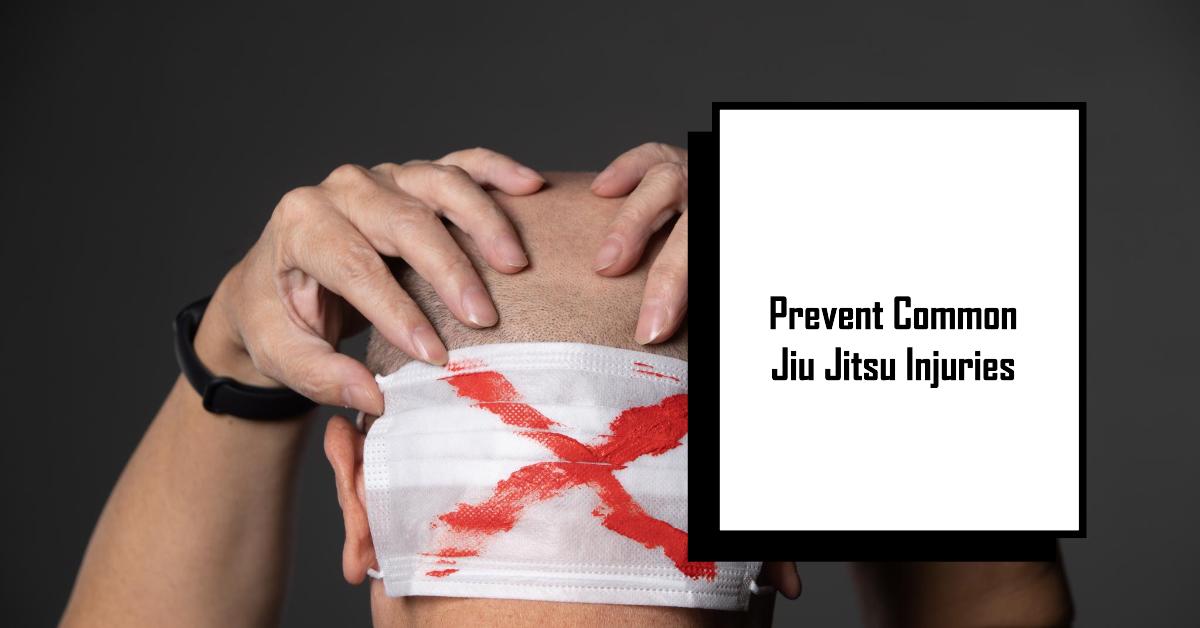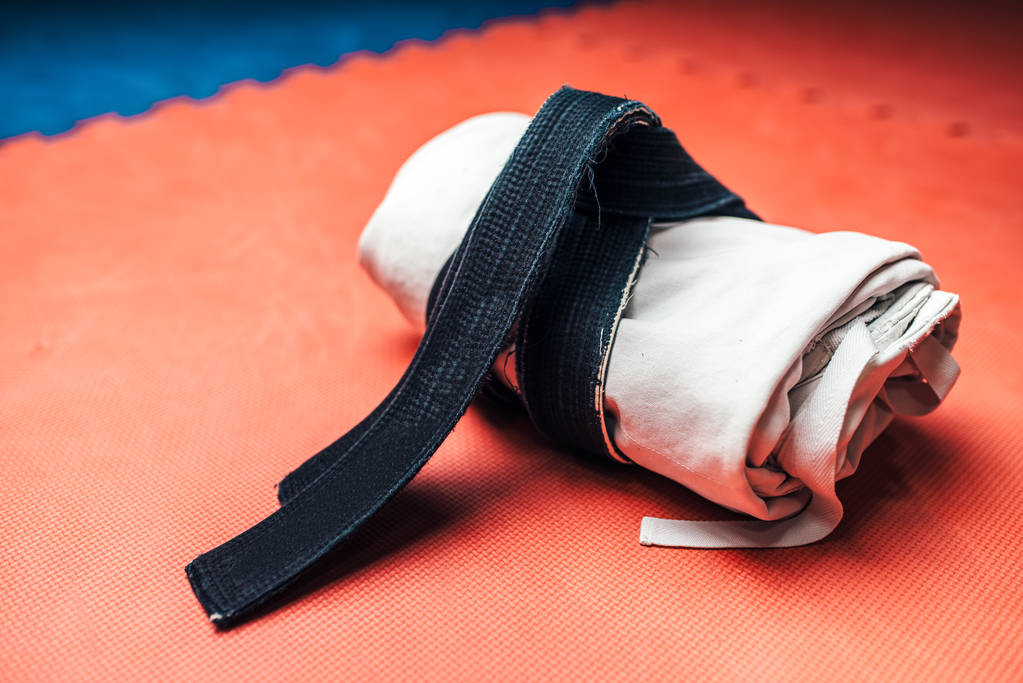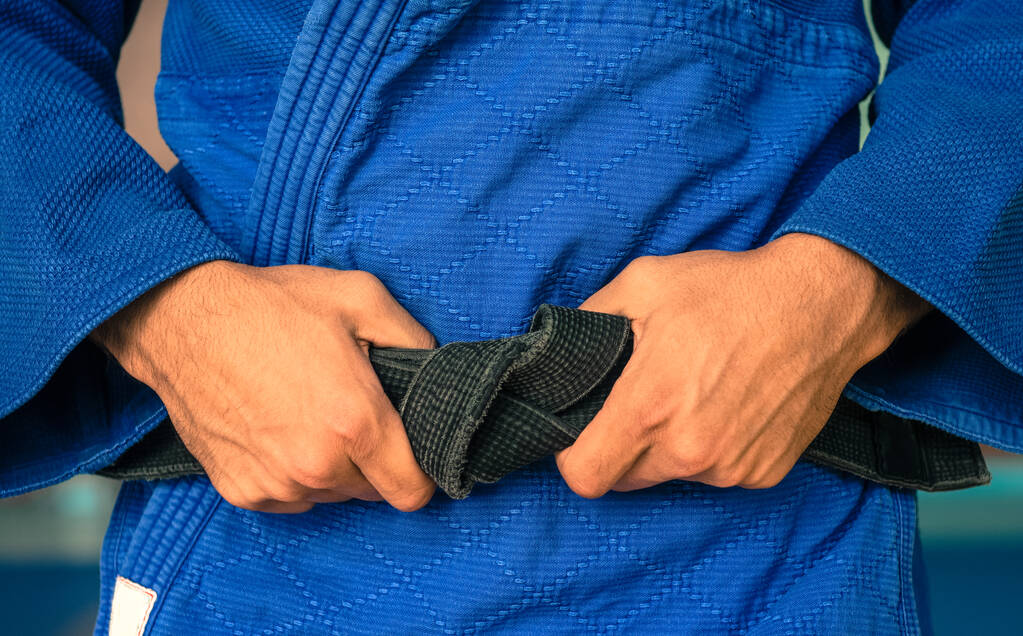In Jiu Jitsu, you’ll often face injuries like neck and spine strains, shoulder dislocations, elbow hyperextensions, knee ligament tears, and soft tissue damage. Prevent these with regular mobility exercises, proper stretching, and strength training. Focus on maintaining alignment, using important gear, and incorporating dynamic warm-up routines. Effective partner communication greatly reduces risks. Address any discomfort immediately to avoid chronic issues. Techniques should emphasize core stability and correct form. Proper hygiene and important gear are essential for skin and ear injuries. By implementing these strategies, you can sustain your performance and minimize injury risk. Discover more specifics on maintaining peak health while practicing Jiu Jitsu.
Neck and Spine Injuries
Neck and spine injuries in Brazilian Jiu-Jitsu often stem from the strain of grappling movements and improper head positioning. These injuries, including cervical spine trauma, strains, and fractures, can have a notable impact on your training and long-term health. To mitigate these risks, focusing on injury prevention through stretching techniques and proper alignment is essential.
First, emphasize the importance of regular mobility exercises and stretching techniques. These practices help maintain flexibility and reduce the likelihood of strains. Incorporate dynamic stretches such as neck rotations and lateral flexions into your warm-up routine to prepare the muscles and joints for the demands of grappling. Additionally, consider static stretches post-training to alleviate muscle tension and promote recovery.
Proper alignment during grappling is another critical factor in preventing neck and spine injuries. Make sure your head is always in a neutral position, avoiding excessive tilting or twisting. This neutral alignment minimizes undue stress on the cervical spine and helps distribute force more evenly throughout your body.
Effective partner communication is also paramount. Before engaging in high-intensity drills or sparring, discuss and agree upon the intensity and techniques you’ll be practicing. Clear communication can prevent unexpected movements that might compromise your neck’s safety. Establishing a mutually respectful environment fosters trust and allows both partners to train safely without unnecessary risk.
Shoulder Injuries
Shoulder injuries in Brazilian Jiu Jitsu frequently arise from improper arm positioning and the application of excessive force during grappling. These injuries often manifest as strains, sprains, and damage to the rotator cuff, given the sport’s intense physical demands. Ensuring shoulder mobility and joint stability is paramount to preventing these common injuries.
To maintain shoulder mobility, focus on dynamic stretching and exercises that enhance the full range of motion. Incorporate movements such as arm circles and shoulder dislocates into your warm-up routine. These exercises not only improve flexibility but also prepare your shoulders for the varied positions encountered during grappling. Additionally, engage in strength training that targets the rotator cuff muscles and the surrounding stabilizers. This can include resistance band exercises and light dumbbell routines.
Joint stability is equally important. You should practice keeping your elbows close to your body during techniques, which minimizes undue strain on the shoulder joints. Proper technique is essential; incorrect form increases the likelihood of injury. Utilize instructional resources and seek feedback from experienced practitioners to refine your techniques.
Early recognition of shoulder discomfort is crucial. Don’t ignore pain or unusual sensations during training. Promptly address these warning signs by resting and allowing for adequate recovery time. Ignoring these early indicators can lead to chronic issues, impeding your long-term progress in Jiu Jitsu.
Effective communication with your training partners is another critical preventative measure. Inform them of any shoulder issues you’re experiencing and avoid techniques that exacerbate these conditions. By fostering a culture of awareness and mutual respect, you can greatly reduce the risk of shoulder injuries and ensure a safer training environment.
Elbow Injuries
Elbow injuries in Brazilian Jiu Jitsu often result from high-impact techniques and improper joint management during grappling and submissions. The elbow joint is particularly vulnerable to strains, sprains, and hyperextensions due to the dynamic nature of the sport. Techniques such as arm bars, kimuras, and omoplatas place a high level of stress on the elbow, increasing the likelihood of injury. These repetitive stresses can also lead to overuse conditions like tendonitis, bursitis, and ligament damage.
Preventing hyperextensions is vital to maintaining elbow health. You should focus on proper technique execution and avoid overextending the elbow joint during submissions. Always tap early if you find yourself caught in a tight submission to avoid unnecessary strain on your elbow. Gradual progression in training intensity and complexity will help your joints adapt without undue stress.
Strengthening tendons and the surrounding musculature is another effective preventive measure. Incorporate exercises like wrist curls, reverse curls, and grip strength training into your regimen. These exercises fortify the muscles and tendons around the elbow, enhancing joint stability and resilience. Additionally, using supportive gear such as elbow sleeves can provide extra protection and support during intense training sessions.
Persistent elbow pain should never be ignored. Seek professional advice to diagnose and treat any underlying issues promptly. Rehabilitation exercises and physical therapy can be invaluable in preventing further damage and ensuring a full recovery.
Knee Injuries
In Brazilian Jiu Jitsu, knee injuries are prevalent due to the sport’s high-impact nature and the stress placed on the knee joint during techniques like leglocks and knee bars. Hyperextension and excessive pressure can lead to ligament sprains and meniscus tears, common injuries that result in significant pain and impaired mobility.
To mitigate these risks, knee brace benefits should be considered essential. Knee braces provide additional support and stability, reducing the likelihood of hyperextension and improper joint alignment. Incorporating a knee brace during training can greatly enhance injury prevention by maintaining joint integrity during high-stress maneuvers.
In addition to using knee braces, proper warm-up routines are important. Warm-up exercises should focus on gradually increasing heart rate and flexibility, specifically targeting the muscles around the knee. Strengthening exercises, such as squats and lunges, fortify the quadriceps, hamstrings, and calves, providing better support to the knee joint.
When injuries do occur, common knee treatments often involve a combination of rest, ice, compression, and elevation (RICE). Anti-inflammatory medications can also aid in reducing swelling and pain. For more severe injuries, such as ligament tears, surgical intervention may be necessary, followed by a structured rehabilitation program.
Rehab exercises post-injury are crucial for restoring function. These exercises typically include range-of-motion activities, progressive strength training, and proprioceptive drills to enhance joint stability and muscle coordination. Consistent and progressive rehab exercises ensure that the knee regains its pre-injury strength and flexibility, minimizing the risk of future injuries.
Implementing these strategies will help you train more safely and effectively, allowing for sustained participation in Brazilian Jiu Jitsu without the disruption of knee injuries.
Soft Tissue Injuries
Soft tissue injuries, encompassing muscle strains, ligament sprains, and tendon tears, frequently occur in Jiu Jitsu due to sudden impacts, improper movements, or overuse during training. These injuries can manifest as acute pain, swelling, restricted range of motion, and diminished athletic performance. Identifying the root causes and implementing strategic injury prevention protocols is crucial for maintaining peak function and longevity in the sport.
Injury prevention begins with a thorough warm-up that includes flexibility exercises. Dynamic stretching, targeting major muscle groups, enhances your range of motion and prepares your body for the physical demands of Jiu Jitsu. Incorporating proprioceptive neuromuscular facilitation (PNF) stretches can further optimize muscle elasticity and joint stability, reducing the likelihood of strains and sprains.
Proper technique and body mechanics are pivotal in mitigating soft tissue injuries. Mastering the fundamentals and consistently practicing correct form minimizes undue stress on muscles, ligaments, and tendons. It’s important to remain conscious of your body’s limits and avoid overtraining, as chronic overuse can precipitate cumulative trauma and exacerbate existing vulnerabilities.
Should soft tissue injuries occur, immediate intervention is critical. The R.I.C.E. method—Rest, Ice, Compression, and Elevation—forms the cornerstone of acute injury management. This approach alleviates inflammation and expedites the recovery process. Complementing R.I.C.E. with targeted physical therapy can restore function and prevent recurrence, ensuring a timely return to training.
Skin and Ear Injuries
During Jiu Jitsu training, skin and ear injuries are prevalent due to the sport’s intense physical contact and repetitive trauma. Skin injuries can range from contusions and bruises to more severe lacerations caused by friction and impact. To mitigate these risks, emphasizing skin hygiene and care is vital. Regularly cleaning your gear, such as gis and mats, and avoiding skin-to-skin contact when possible can greatly reduce the likelihood of infections like ringworm and impetigo.
Investing in ear protection is essential for preventing cauliflower ear, a common condition in Jiu Jitsu resulting from repeated trauma. Ear guards can absorb and distribute the impact, minimizing the trauma to the cartilage and preventing the fluid accumulation that leads to deformity. Incorporating ear protection into your training regimen not only enhances safety but also maintains aesthetic and functional ear integrity.
Innovative practices in skin care, such as using rash guards, can also serve as an effective barrier against abrasions and infections. Rash guards reduce skin friction and wick away moisture, creating a less hospitable environment for bacteria and fungi. Integrating these into your routine can help maintain skin integrity and promote overall health.
Clinically, the evidence supports the use of proper hygiene practices and protective gear to prevent skin and ear injuries. Implementing these preventative measures can lead to a safer training environment and prolonged participation in Jiu Jitsu.
Warm-Up Routines
Proper warm-up routines are essential in Brazilian Jiu-Jitsu to prepare your body for the rigorous demands of training and competition. By incorporating a structured warm-up, you greatly enhance injury prevention and maximize performance. A well-executed warm-up increases blood flow to the muscles, elevates core temperature, and primes the neuromuscular system for the complex, coordinated movements required in BJJ.
To mitigate the risk of injuries, start your warm-up with dynamic stretches. These movements should mimic the specific techniques and positions you’ll encounter on the mat. For instance, hip circles and leg swings can improve hip mobility, important for guard movements and submissions. Dynamic stretching also promotes flexibility exercises that elongate the muscle fibers, reducing the likelihood of strains.
Joint rotations are another important component. Focus on key areas such as the shoulders, wrists, and knees. Slowly rotating these joints enhances synovial fluid production, lubricating the joints and making them less prone to injury. This step is particularly important given the high incidence of shoulder and knee injuries in BJJ.
Incorporate light cardio exercises such as jogging or jump rope to elevate your heart rate and increase muscle elasticity. This phase should last around 5-10 minutes, ensuring that your body reaches an ideal state of readiness.
Moreover, consistency in your warm-up routines is crucial. Adhering to these practices not only aids in injury prevention but also fosters muscle balance and alignment. Over time, this can greatly enhance your overall athletic performance, allowing you to train more effectively and safely.
Strengthening Exercises
Incorporating targeted strengthening exercises into your Jiu Jitsu training regimen is important for enhancing core stability, flexibility, and overall muscle endurance, thereby greatly reducing the risk of injuries. Key exercises such as deadlifts, squats, and rows are essential for building the foundational strength and endurance necessary for grappling. These movements not only fortify the major muscle groups but also enhance functional performance in various Jiu Jitsu techniques.
Resistance training, particularly using bands or weights, is highly effective in targeting specific muscle groups integral to Jiu Jitsu movements. For instance, resistance bands can be employed to simulate the pulling and pushing actions common in grappling, thereby strengthening the muscles involved in these motions. Additionally, weighted exercises such as kettlebell swings and dumbbell presses can increase muscle robustness and joint stability, further reducing the risk of strains and sprains.
Bodyweight exercises are equally important in developing functional strength and balance. Incorporate planks, push-ups, and lunges into your routine to enhance core stability and flexibility. Planks, for example, engage multiple muscle groups simultaneously, promoting a strong core, which is crucial for maintaining balance and executing techniques effectively. Push-ups and lunges, on the other hand, target the upper and lower body, respectively, ensuring a well-rounded strength profile.
Regularly practicing these strengthening exercises can significantly decrease the incidence of common injuries such as muscle strains and joint issues. By integrating a diverse mix of resistance training with bands, weights, and bodyweight exercises, you can strengthen your physical resilience, ensuring a safer and more effective Jiu Jitsu practice.
This evidence-based approach not only enhances performance but also promotes long-term athletic sustainability.
Conclusion
To wrap up, preventing common jiu jitsu injuries requires a proactive approach. Ensure proper warm-up routines and targeted strengthening exercises are essential parts of your training.
Research supports the theory that consistent conditioning can greatly reduce injury risk. Remember, it’s not just about technical skill; maintaining physical health is vital for longevity in the sport.
By addressing potential weaknesses and adhering to evidence-based practices, you’ll stay on the mats longer and perform at your best.


